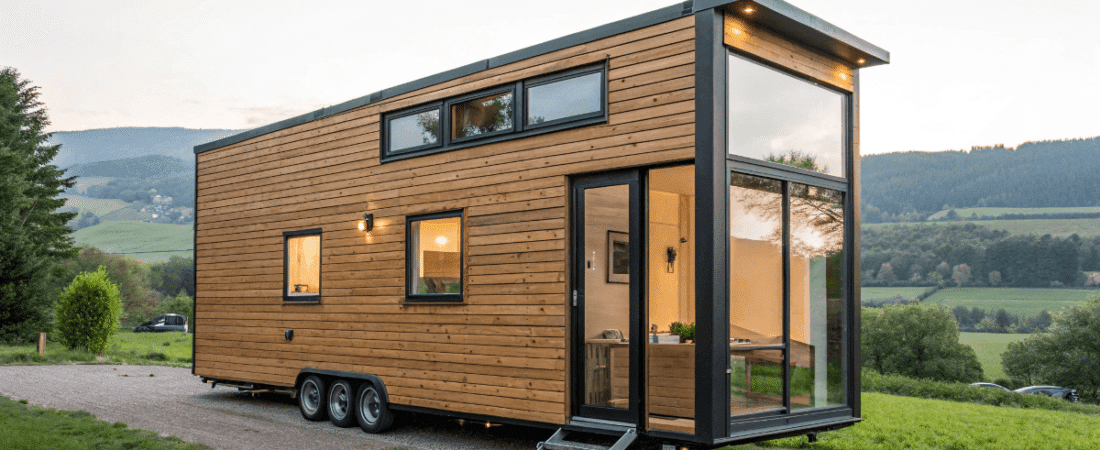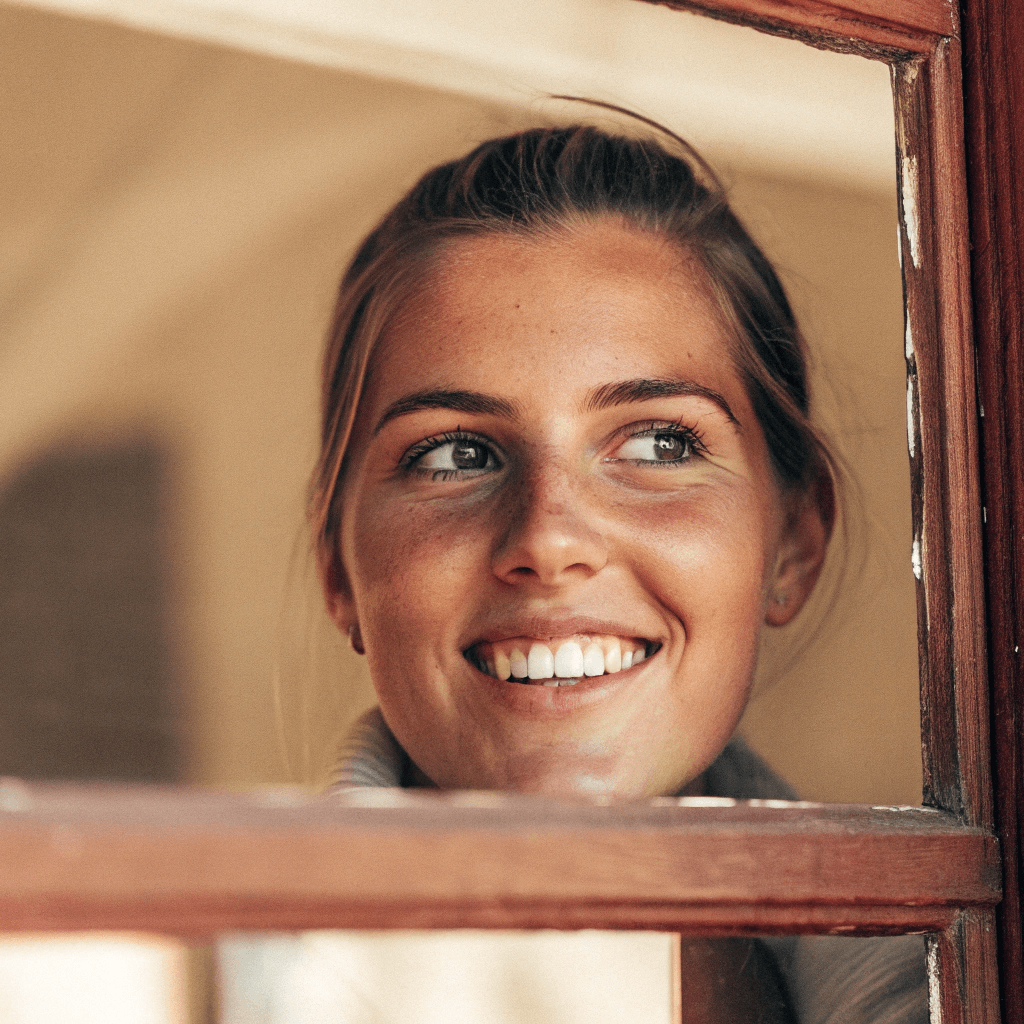Wondering why European tiny houses are gaining popularity? These compact homes are designed with sustainability, smart use of space, and modern aesthetics in mind. In this article, we’ll cover the essentials—from what defines a European tiny house to the benefits and top companies in the market.
- Key Takeaways
- What is a European Tiny House?
- Benefits of Owning a Tiny House in Europe
- Key Considerations Before Purchasing
- Types of European Tiny Houses
- Top Companies Offering Tiny Houses in Europe
- How to Start Your Search for a Tiny House
- Financing Your Tiny House Purchase
- Maintaining Your Tiny House
- Eco-Friendly Features of European Tiny Houses
- Is a Tiny House Right for You?
- Summary
- Frequently Asked Questions
Key Takeaways
European tiny houses emphasize minimalism, eco-friendliness, and functionality, catering to those seeking sustainable living solutions.
Owning a tiny house offers financial savings, environmental benefits, and lifestyle flexibility, making them appealing for various demographics, including retirees.
Key considerations before purchasing include understanding costs, researching zoning laws, and exploring financing options to ensure informed decisions.
What is a European Tiny House?
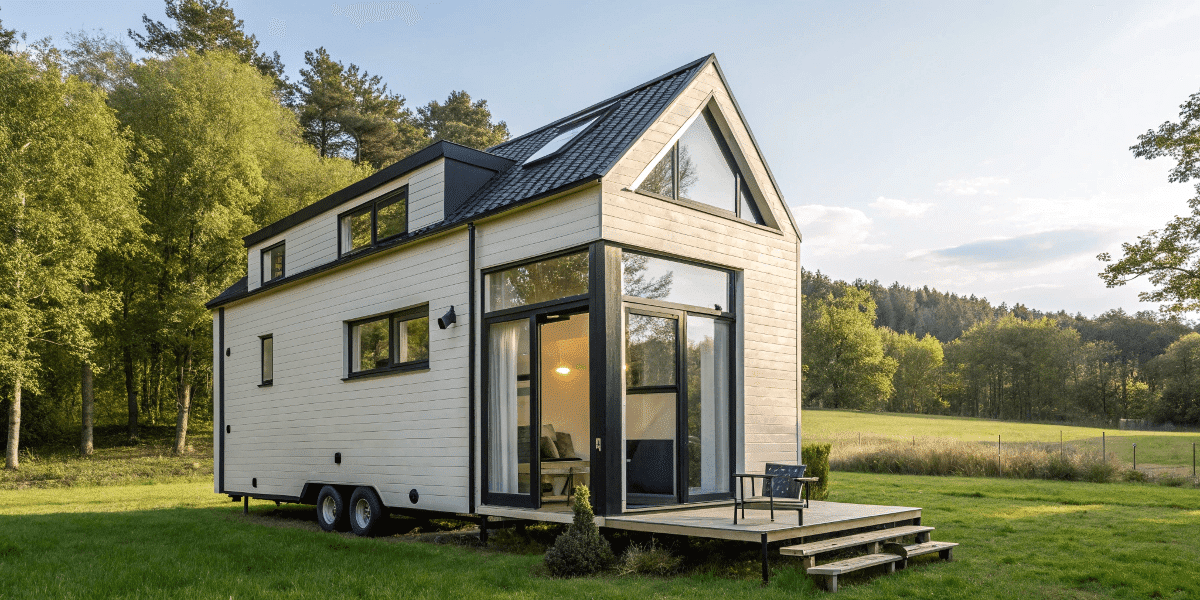
European tiny houses have evolved significantly from their humble beginnings. These modern tiny houses are sophisticated dwellings that prioritize minimalism and eco-friendliness. Reflecting a societal shift towards simplicity and environmental consciousness, tiny houses have become a symbol of affordable and conscious living. They cater to those seeking a simpler, more sustainable lifestyle by emphasizing functionality and essential living.
Tiny house living encourages simplicity and mindful consumption, reducing clutter and fostering a minimalist approach. These homes are designed to make the most of every inch, creatively utilizing space to ensure comfort and practicality. As more people embrace this lifestyle, the tiny house movement continues to grow, reflecting a broader cultural shift towards conscious living.
Benefits of Owning a Tiny House in Europe
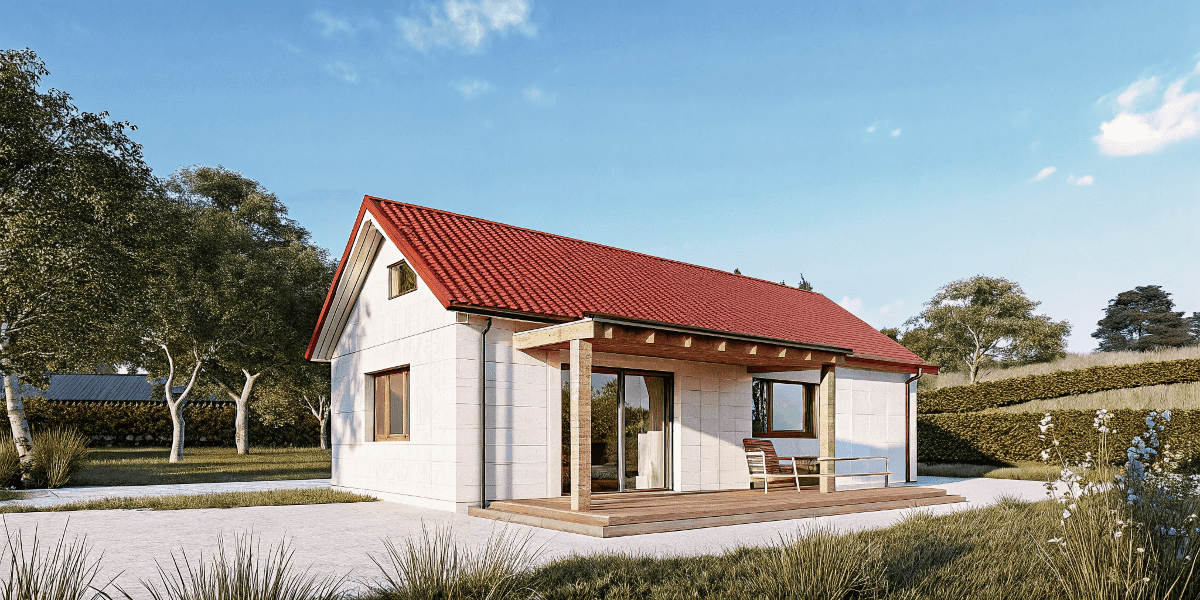
Owning a tiny house in Europe comes with a plethora of benefits, starting with financial savings. These homes are accessible to various budgets, making them an affordable housing option for many individuals and families. Additionally, the energy-efficient design of tiny homes can lead to significant savings on utility bills, further enhancing financial security.
The environmental benefits of tiny houses are equally compelling. These homes produce significantly lower carbon emissions compared to traditional houses, aligning with the principles of eco-friendly living. Many tiny house designs incorporate sustainable materials and energy-saving features, reducing their environmental impact and promoting a greener lifestyle.
From a lifestyle perspective, tiny houses offer unmatched flexibility and ease of maintenance. They require less time, effort, and resources to maintain, making them ideal for busy individuals. The mobility of tiny homes allows owners to relocate easily, adapting to their changing needs or preferences. This flexibility is particularly appealing to retirees and those seeking freedom from the constraints of traditional living.
Key Considerations Before Purchasing
Before diving into the tiny house lifestyle, it’s crucial to consider the financial and logistical aspects. The cost of building or purchasing a tiny house can often exceed initial expectations, with many costing over $200,000. Additionally, ongoing costs such as insurance, maintenance, and utilities should be factored into your budget. It’s essential to have a clear understanding of these expenses to avoid any financial surprises.
Zoning laws and local regulations are another critical consideration. Researching local zoning laws is crucial before purchasing land for a tiny house, as some areas have strict regulations that limit where tiny houses can be placed. Having a clear parking agreement in place is also crucial to avoid any legal issues. Platforms like Try It Tiny can help connect tiny house owners with landowners, facilitating rentals and parking agreements.
Lastly, consider your lifestyle and needs when exploring financing options. Financing mobile tiny houses can be complicated due to their classification as non-traditional homes. Evaluate various financing options and choose one that aligns with your financial situation and long-term goals. Carefully considering these factors helps in making an informed decision, ensuring you find the perfect blend of affordability and quality for your tiny house.
Types of European Tiny Houses
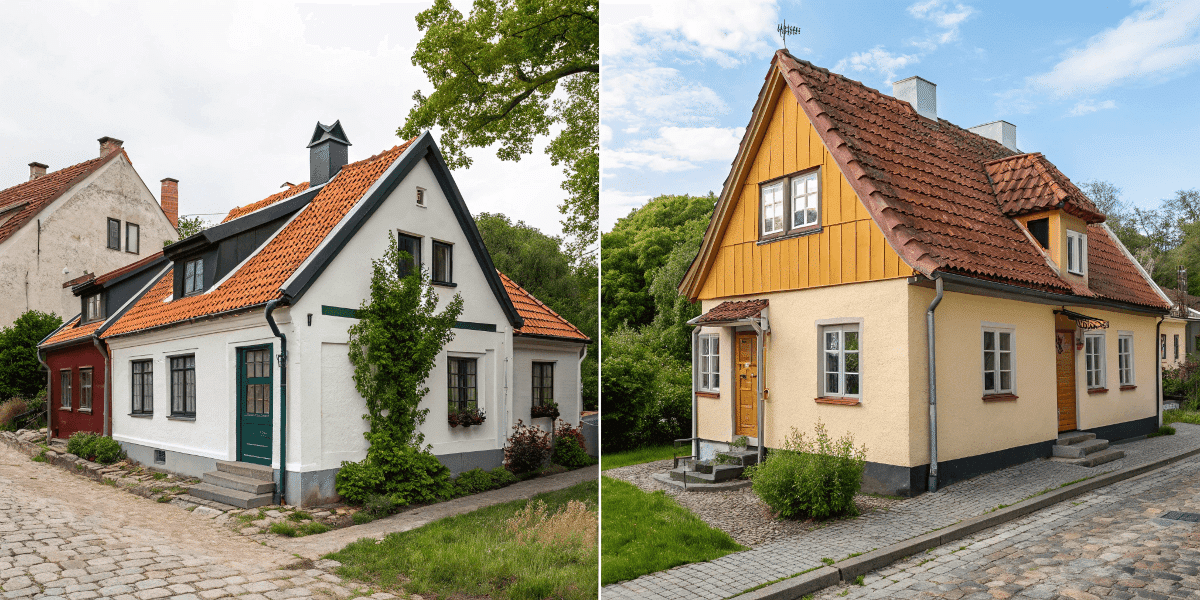
In Europe, tiny houses primarily fall into two categories: prefab and custom-built. Prefab tiny houses are cheaper and faster to build, offering a more standardized approach. These homes are ideal for those looking for a budget-friendly option without compromising on quality. They are constructed using modular methods, which promote efficiency and reduce waste during the building process.
On the other hand, custom-built tiny houses allow for greater personalization in design and materials. Builders often collaborate with clients to create homes that reflect their aesthetic desires and functional requirements. While custom homes may come at a higher cost, they offer the unique benefit of being tailored to individual needs and preferences.
Both prefab and custom tiny houses provide unique benefits, catering to different lifestyles and budgets.
Top Companies Offering Tiny Houses in Europe
Several companies across Europe specialize in building tiny houses, each offering unique designs and features in different locations. From eco-friendly materials to luxurious finishes, these companies provide a range of options to suit different needs and preferences.
Here are some of the top companies offering tiny houses in Europe.
Tiny Eco Homes UK
Tiny Eco Homes UK is known for its custom-built, road-legal tiny houses that perfectly fit the needs of modern living. With a starting price of £25,000, these homes are both affordable and stylish. Ninety percent of their tiny houses are custom-built, allowing clients to create a home that matches their specific requirements and tastes. Using eco-friendly materials, Tiny Eco Homes UK emphasizes sustainability and minimal waste during construction.
These compact homes are ideal for those looking to embrace a minimalist lifestyle without sacrificing comfort. Whether you’re looking for a vacation home or a full-time living solution, Tiny Eco Homes UK offers a range of options that combine functionality with modern design. Their environmentally friendly approach ensures that each tiny house harmonizes with nature, making them a choice that perfectly fits eco-conscious individuals.
Baluchon in France
Baluchon, a French company, specializes in creating eco-friendly, energy-efficient tiny homes on wheels. Starting at €45,000, these homes are designed with sustainability in mind, often incorporating renewable energy systems. Baluchon’s tiny houses are crafted with a focus on eco-friendly materials and energy efficiency, ensuring that each home is both luxurious and environmentally responsible.
The company emphasizes sustainable living through innovative designs and features. From composting toilets to solar panels, Baluchon homes are equipped with various eco-friendly features that promote a green lifestyle. Their commitment to using eco-friendly materials and energy-efficient designs makes them a leading choice for those seeking an environmentally conscious living solution.
Pinehaus in Poland
Pinehaus in Poland offers luxurious tiny houses that combine comfort with mobility. These homes are designed to cater to modern living, providing a high level of comfort and elegance. Customers interested in Pinehaus can visit their factory to see completed models, providing an opportunity to experience the quality and craftsmanship firsthand.
Pinehaus emphasizes luxury and comfort in their designs, ensuring that each tiny house meets the specific needs and preferences of their clients. With a variety of designs available, Pinehaus caters to different lifestyles, offering a personalized touch for each tiny home. Their commitment to quality and attention to detail make them a standout option in the tiny house industry.
Tiny Houses Scotland
Tiny Houses Scotland is known for adhering to Passive House standards, promoting sustainability in their designs. Starting at £44,000, their custom-built homes emphasize the use of sustainable materials and eco-friendly construction methods. This commitment to sustainability ensures that each home is energy-efficient and environmentally responsible.
Their tiny houses are designed to be off-grid, providing the flexibility to relocate while maintaining a high standard of living. Tiny Houses Scotland’s focus on eco-friendly materials and construction methods makes them a leading choice for those seeking a sustainable and modern tiny house. Their homes are not only functional but also aesthetically pleasing, reflecting the company’s dedication to quality and design.
How to Start Your Search for a Tiny House
Starting your search for a tiny house can be an exciting journey. One of the best ways to begin is by attending tiny house festivals, where you can explore various designs and meet builders in person. Online listings such as Tiny House Listings and Tiny House Index are also valuable resources for finding available tiny houses and gaining inspiration. These platforms provide a wide range of options, making it easier to find a tiny house that suits your needs and preferences.
Financing Your Tiny House Purchase
Financing a tiny house can be challenging, but there are several options available to make your dream a reality. Personal loans are a common choice, especially if you have strong credit and can meet the payment terms. Another option is securing a recreational vehicle (RV) loan, which often offers lower interest rates compared to personal loans.
Alternative financing methods like crowdfunding can also be considered, allowing you to raise funds for your tiny house project from many contributors. If you have sufficient equity in your primary residence, a home equity loan can be used to finance your tiny house.
Having a backup financial plan is advisable to ensure you have the necessary resources to complete your purchase. By exploring these options, you can find the best financing solution for your tiny house.
Maintaining Your Tiny House
Maintaining a tiny house requires regular attention to ensure it remains in good condition. Annual roof inspections are essential to identify and fix any leaks, preventing water damage. Water filtration systems in tiny homes need their filters replaced every three to six months to ensure clean and safe water. Regular checks of fire safety equipment, including changing the batteries in alarms at least twice a year, are also crucial.
Cleaning exhaust fans every six months can prevent mold growth, ensuring a healthy living environment. Winter maintenance includes proper insulation and skirting to prevent pipes from freezing, which is especially important for mobile tiny houses.
Staying on top of these maintenance tasks ensures your tiny house remains a safe and comfortable home.
Eco-Friendly Features of European Tiny Houses
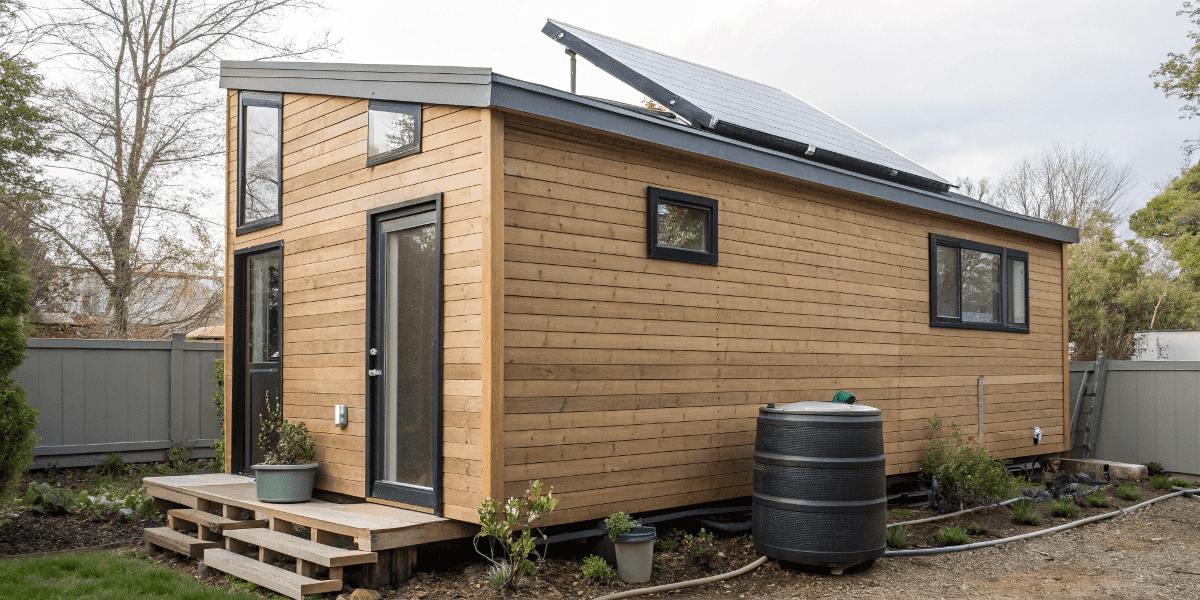
European tiny houses are designed with eco-friendliness in mind, using natural materials and sustainable construction practices. Many manufacturers emphasize the use of eco-friendly materials, promoting an environmentally sustainable lifestyle. Local ecological materials are often used, reducing transportation emissions and supporting local economies.
Energy-efficient features such as solar panels and water recycling systems are commonly incorporated into tiny house designs. Thermal insulation achieved with materials like cardboard offers high insulation levels, enhancing energy efficiency.
Companies like Tiny Houses Scotland and Baluchon focus on creating homes that meet Passive House standards and promote sustainable living. These eco-friendly features make tiny houses an attractive option for those looking to reduce their environmental footprint.
Is a Tiny House Right for You?
Deciding whether a tiny house is right for you depends on your lifestyle and preferences. Tiny houses promote a minimalist lifestyle, encouraging residents to simplify and reduce clutter. This lifestyle can be liberating, providing freedom from the constraints of traditional living. However, it’s essential to consider whether the limited space will suit your needs and if you’re comfortable with the compact living arrangements.
Attending tiny house conferences can provide valuable insights and networking opportunities with other tiny house enthusiasts. These events can help you better understand the lifestyle and gather first-hand experiences from those already living in tiny homes.
If a tiny house feels too cramped in a smaller space, exploring other compact home options like container homes might be a suitable alternative. Carefully evaluating your needs and preferences will help you determine if a tiny house is the right choice for you.
Summary
In summary, European tiny houses offer a unique blend of affordability, sustainability, and flexibility. These homes are designed to promote a minimalist lifestyle, reduce environmental impact, and provide financial benefits. From the various types and benefits of tiny houses to the top companies offering them, this guide has provided a comprehensive overview of the tiny house movement in Europe.
As you consider whether a tiny house is right for you, remember to weigh the financial, environmental, and lifestyle benefits. With careful planning and consideration, tiny house living can provide a fulfilling and sustainable way of life. Embrace the simplicity and freedom that come with tiny house living and take the first step towards a more conscious and eco-friendly lifestyle.
Frequently Asked Questions
How much does it typically cost to build or buy a tiny house in Europe?
Typically, building or buying a tiny house in Europe can range from around £25,000 in the UK to €45,000 in France, though prices can increase significantly with customization and additional features. It’s essential to consider these factors when budgeting for your tiny house project.
What are the main benefits of owning a tiny house?
Owning a tiny house provides significant savings on utility bills, promotes lower carbon emissions, and offers the flexibility for easy relocation. Additionally, their manageable size requires less maintenance, making them well-suited for a busy lifestyle.
What should I consider before purchasing a tiny house?
Before purchasing a tiny house, carefully evaluate the total cost, ongoing expenses, local zoning laws, and parking arrangements. Understanding these factors will ensure a well-informed decision.
Are there financing options available for tiny houses?
Yes, there are several financing options for tiny houses, including personal loans, RV loans, crowdfunding, and home equity loans. It’s important to evaluate each option to find the best fit for your financial circumstances.
How can I maintain my tiny house effectively?
To maintain your tiny house effectively, conduct annual roof inspections, replace water filtration system filters every three to six months, and regularly check fire safety equipment. Additionally, ensure to clean exhaust fans biannually and address winter maintenance for mobile units.


